What to Check When Buying a Used Motorcycle
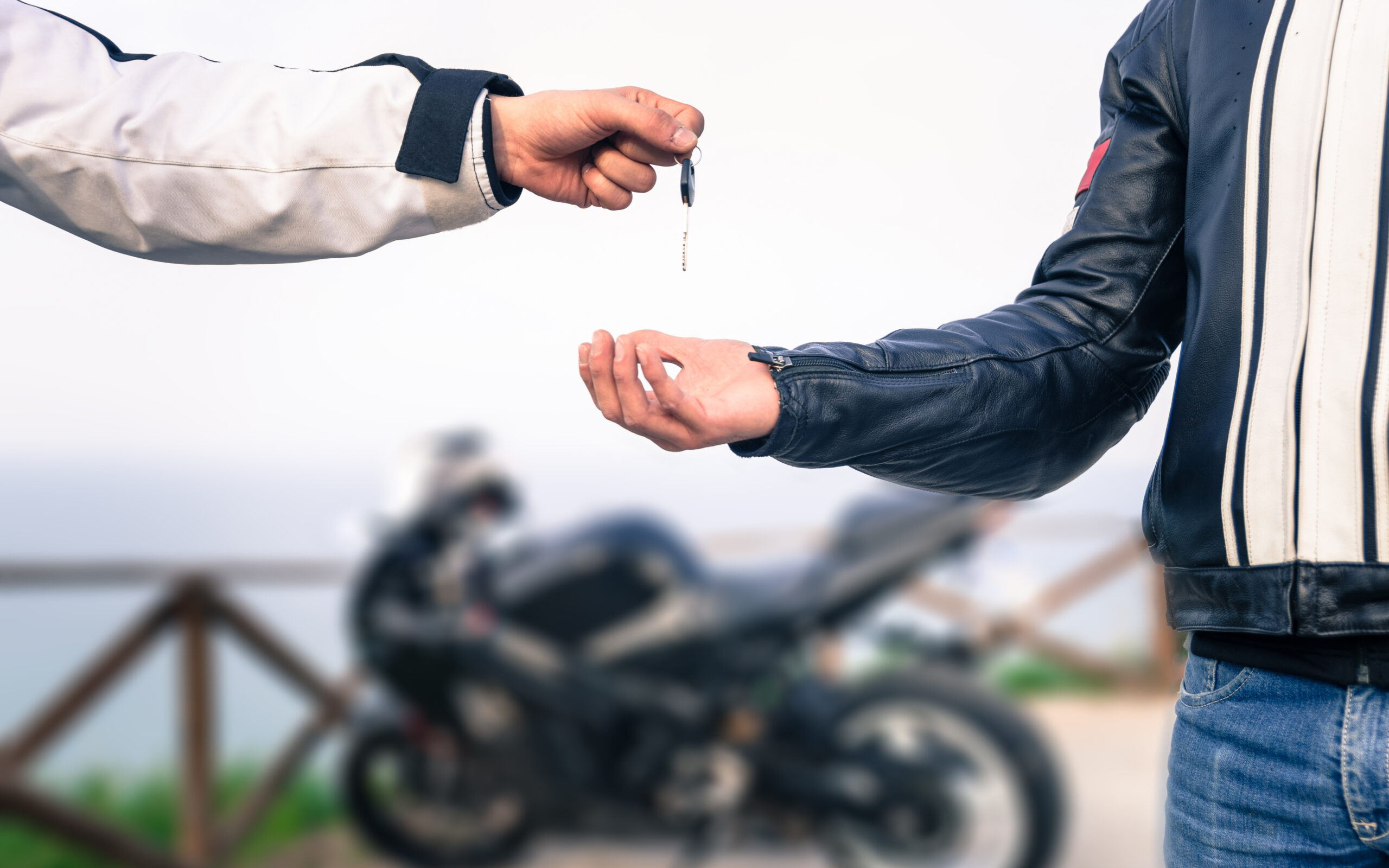
Purchasing a used motorcycle can be a great way to save money or get a bike that you might not be able to afford new. However, buying used comes with its own set of risks, so it’s important to know what to look for to ensure you’re making a wise investment. Here’s a detailed checklist to follow when inspecting a used motorcycle, which can help you avoid common pitfalls and make an informed decision.
1. General Condition
Visual Inspection: Start with a thorough visual inspection of the bike. Look for any signs of rust, damage, or repairs. Check the frame for cracks or bends, which can be a sign of an accident. Paint overspray on mufflers, frame sliders, or handlebars can be an indicator of hidden damage.
Check for Leaks: Inspect the bike for any oil or fluid leaks. Pay special attention to the area around the engine, transmission, and suspension components.
2. Engine and Transmission
Start the Engine: Listen to the engine as it runs. It should start smoothly without excessive noise or smoke. Unusual noises like knocking or rattling can indicate serious issues.
Transmission Check: During a test ride, make sure the transmission shifts smoothly through all gears. Any grinding or slipping could be a sign of wear or poor maintenance.
Exhaust System: Check for cracks or holes in the exhaust pipes. Also, ensure that all connections are tight and there are no signs of excessive rust or corrosion.
3. Electrical System
Lights and Indicators: Check all lights—headlights, tail lights, brake lights, and indicators—to ensure they are functioning properly.
Battery Condition: Check the battery for any signs of corrosion or wear. If possible, check the age of the battery, as they typically need to be replaced every few years.
Instrument Panel: Ensure that all gauges and indicators on the instrument panel are working correctly.
4. Frame, Suspension, and Wheels
Frame: Examine the frame closely for any signs of an accident, such as dents or new paint that might indicate repair.
Suspension: Check the forks and shock absorbers for leaks or damage. Compress the suspension to make sure it’s smooth and rebounds properly.
Wheels and Tires: Look for cracks or dents in the rims. Tires should have adequate tread and be free of major cracks or signs of dry rot.
5. Brakes
Brake Condition: Check the brake pads for wear and ensure there is sufficient material left. Inspect the brake discs for grooves or warping.
Brake Fluid: Check the color of the brake fluid; it should be clear to slightly yellowish, not dark. Dark fluid indicates a need for replacement due to potential contamination.
6. Chain and Sprockets
Drive Chain and Sprockets: The chain should be clean, well-lubricated, and properly adjusted. Sprockets should not have worn or broken teeth, as this indicates a need for replacement.
7. Fluids
Oil Level and Quality: Check the oil level and quality. Dirty or gritty oil can indicate poor maintenance.
Coolant: If applicable, check the coolant level and look for signs of rust or contamination in the coolant reservoir.
8. Legal and Documentation
Vehicle History: Ask for the service history and any repair receipts. This can give you an insight into how well the motorcycle has been maintained.
Ownership Documents: Verify that the seller has clear ownership documents, and check the VIN number on the bike against the documents to ensure they match and there are no outstanding liens.
Buying a used motorcycle involves careful examination and attention to detail. By following this checklist, you can better ensure that the motorcycle you’re considering is in good condition, thereby making a sound investment. Always take a test ride, and if possible, have the bike inspected by a professional mechanic. Remember, a thorough check upfront can save you from potential headaches and costly repairs down the road.
Similar Advices




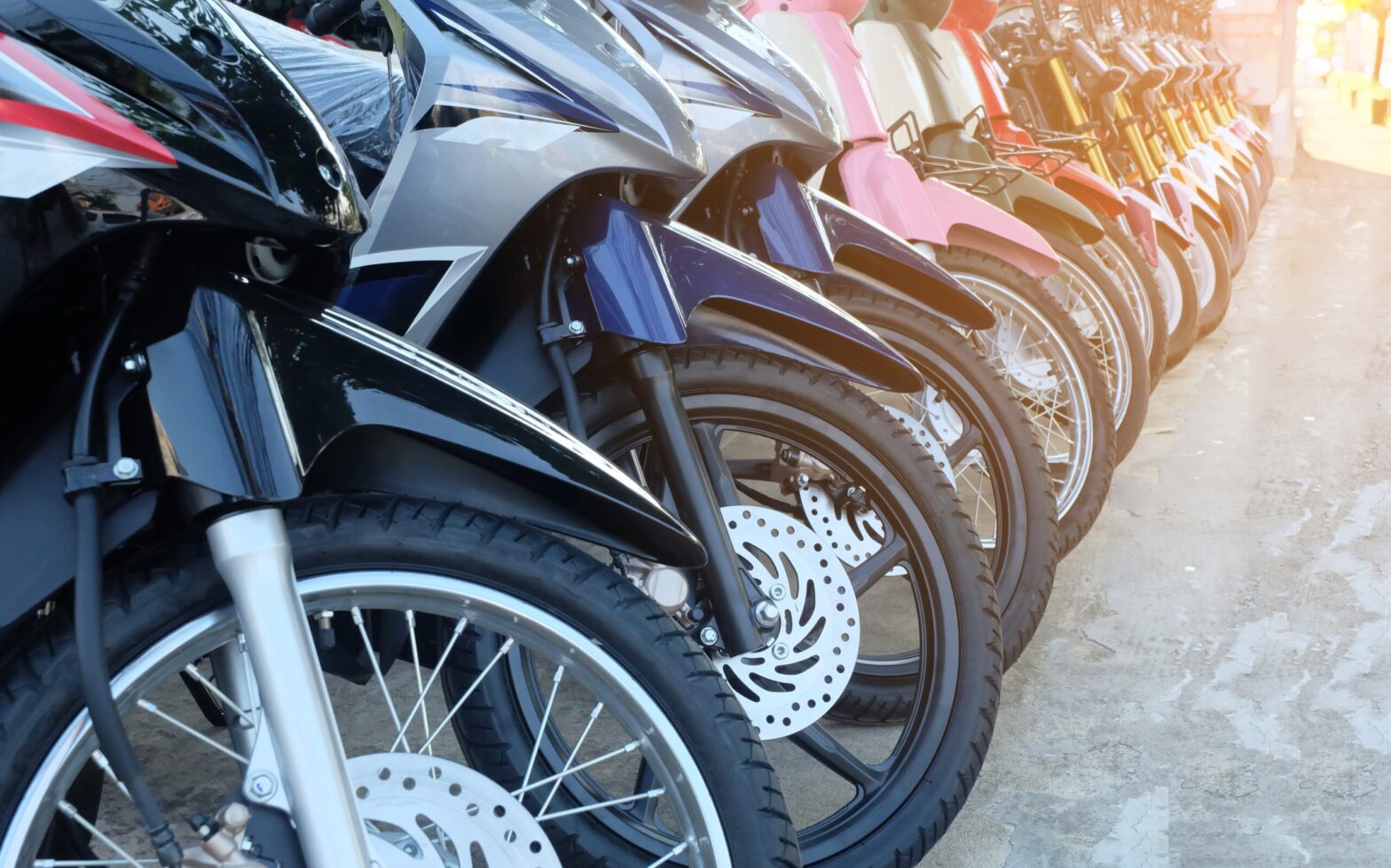
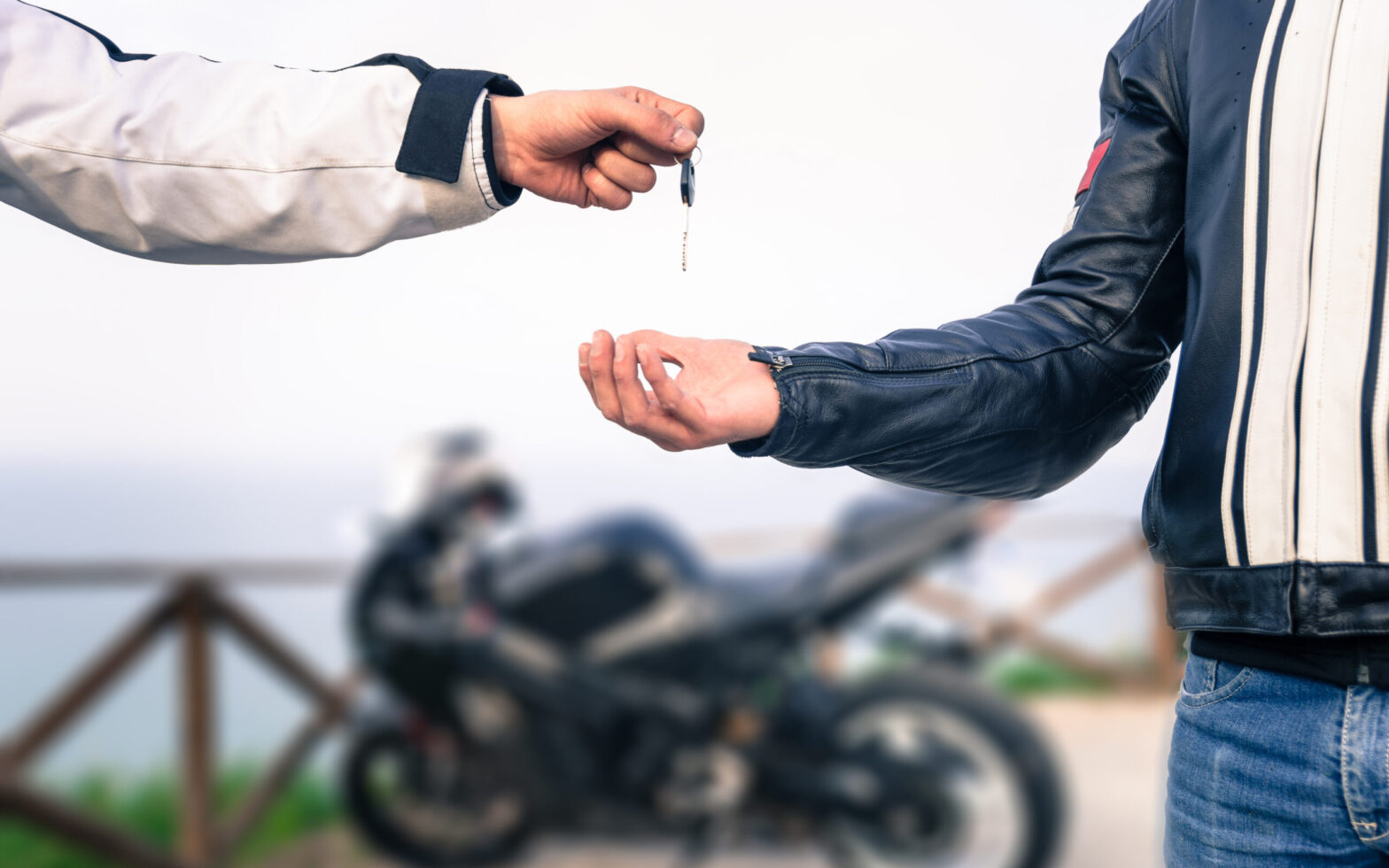
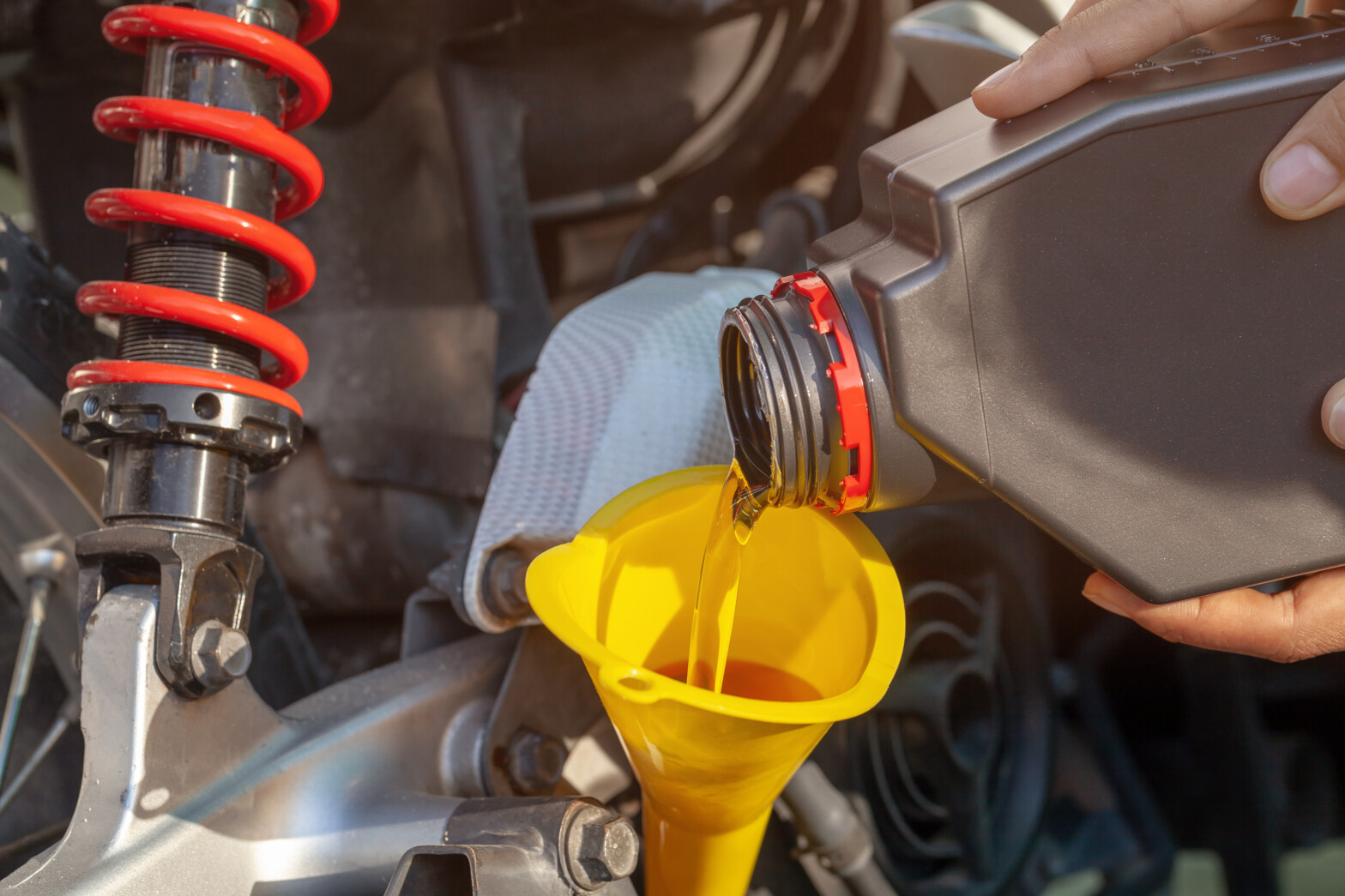

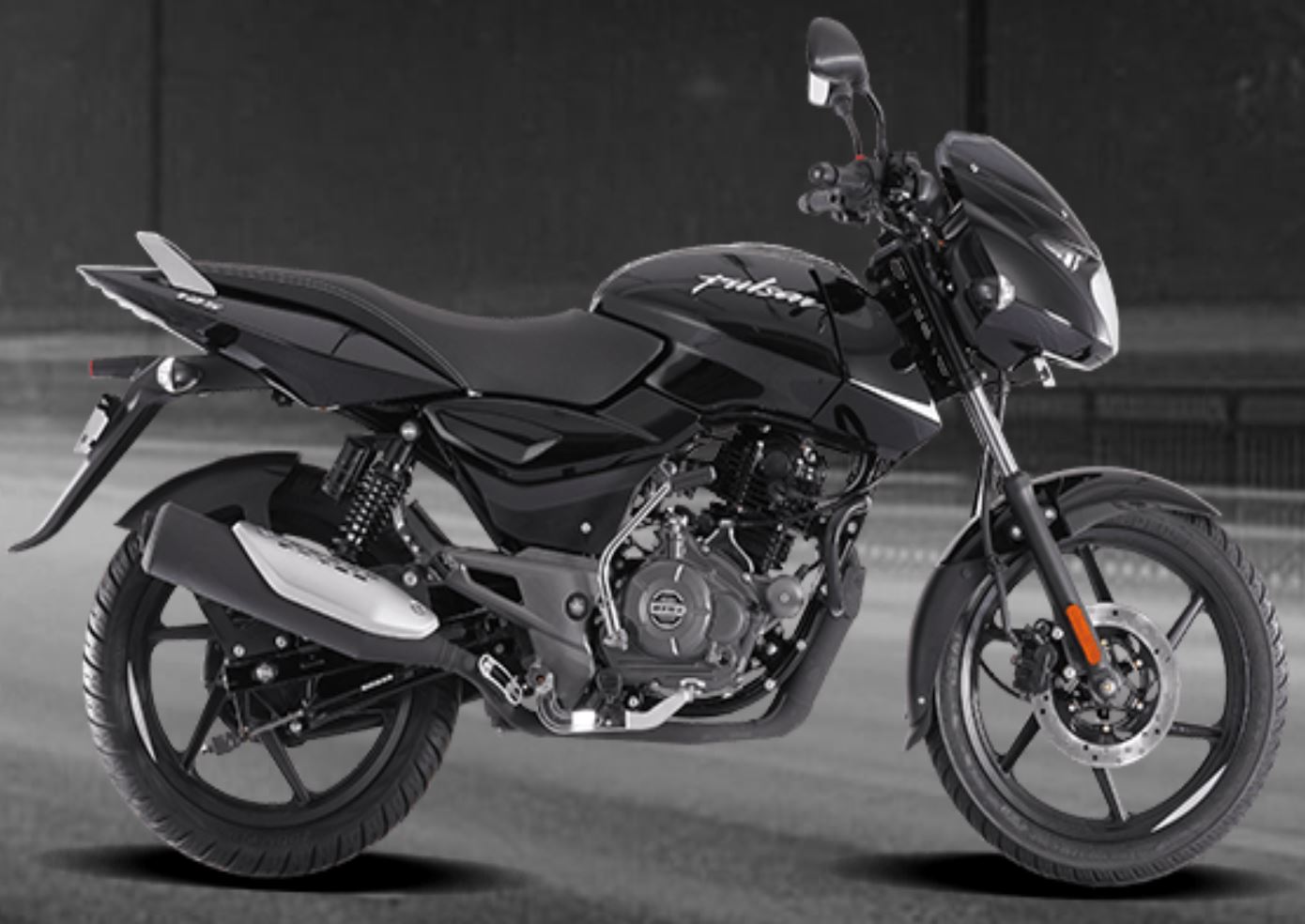
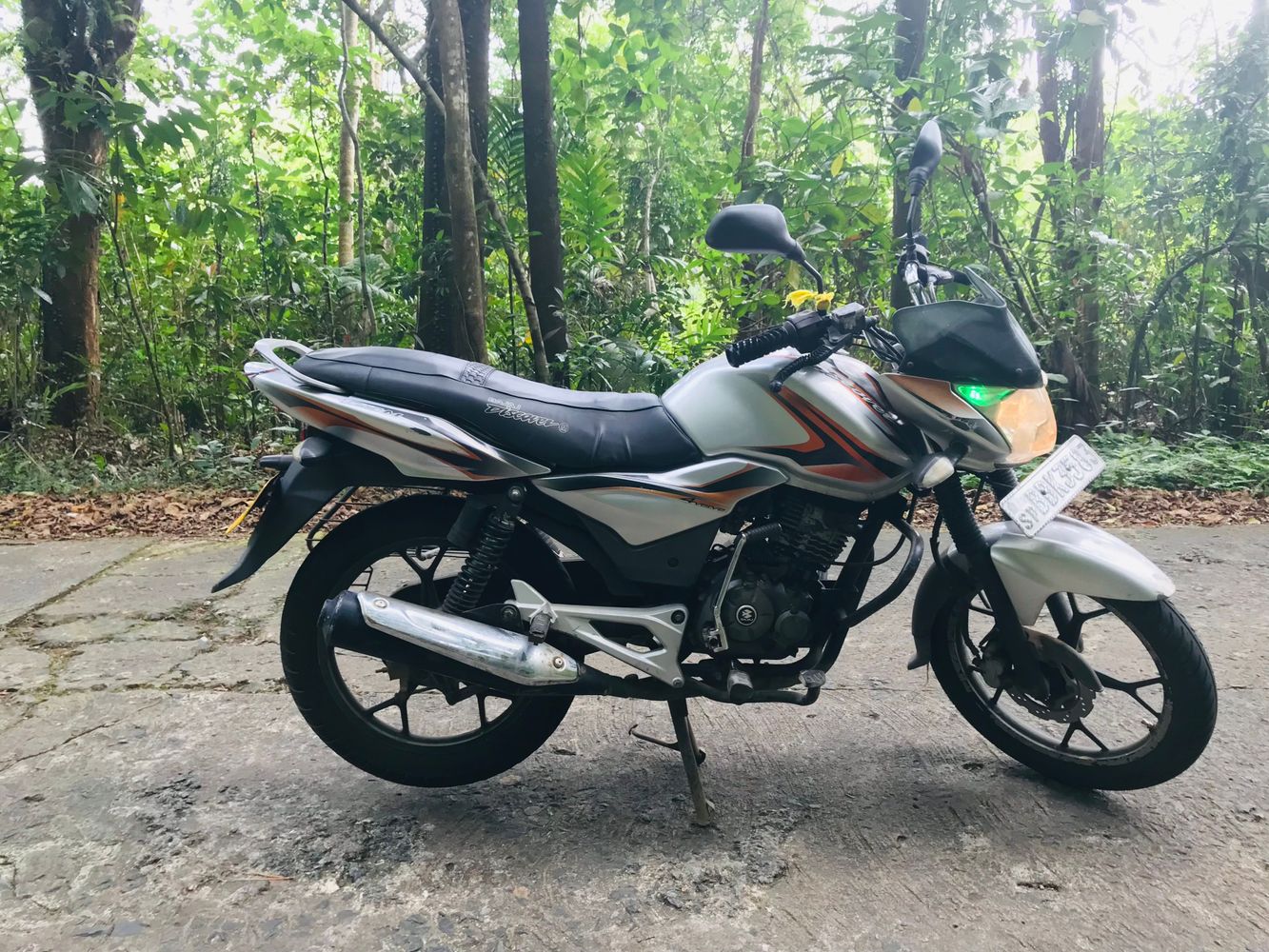
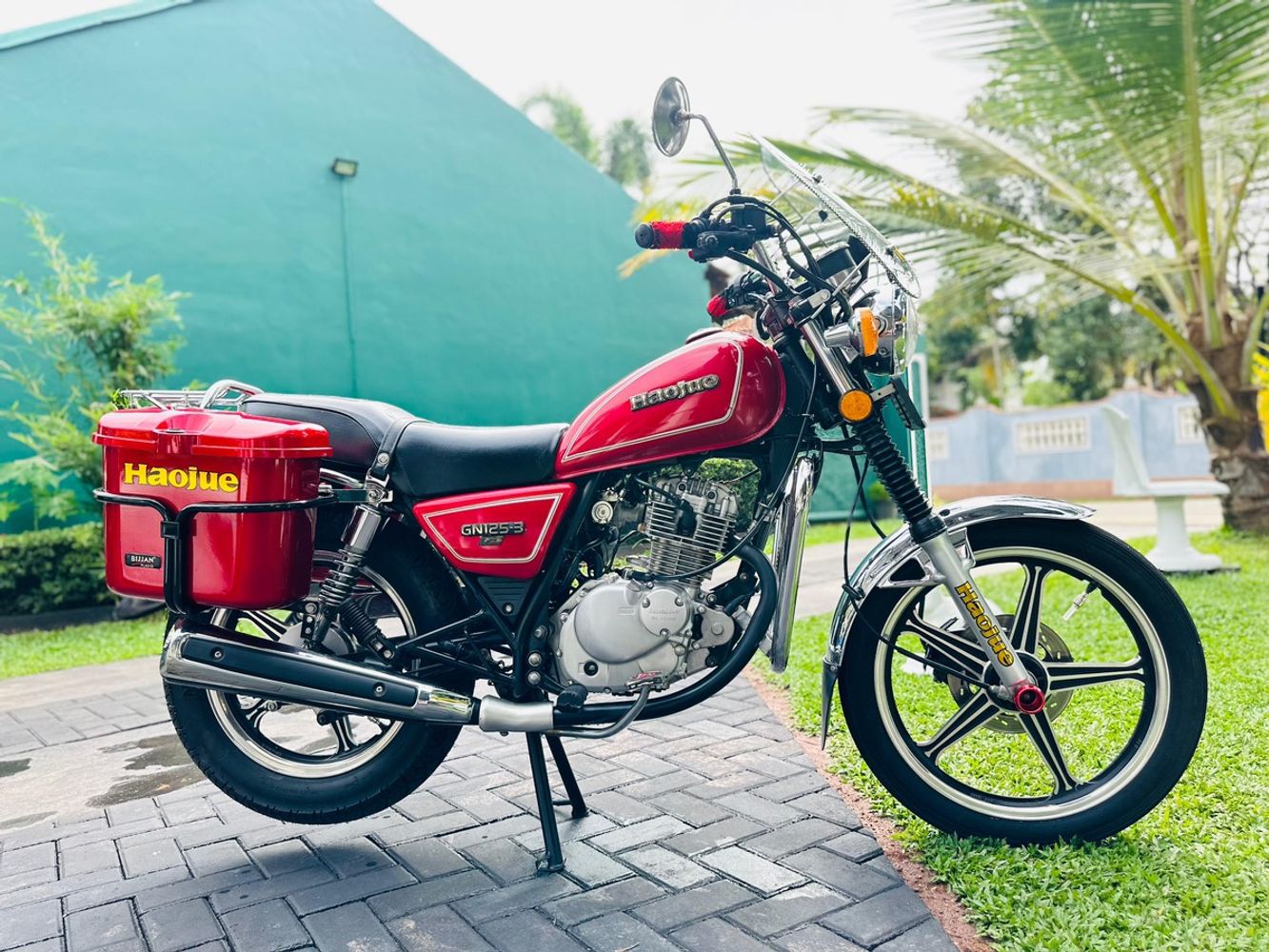
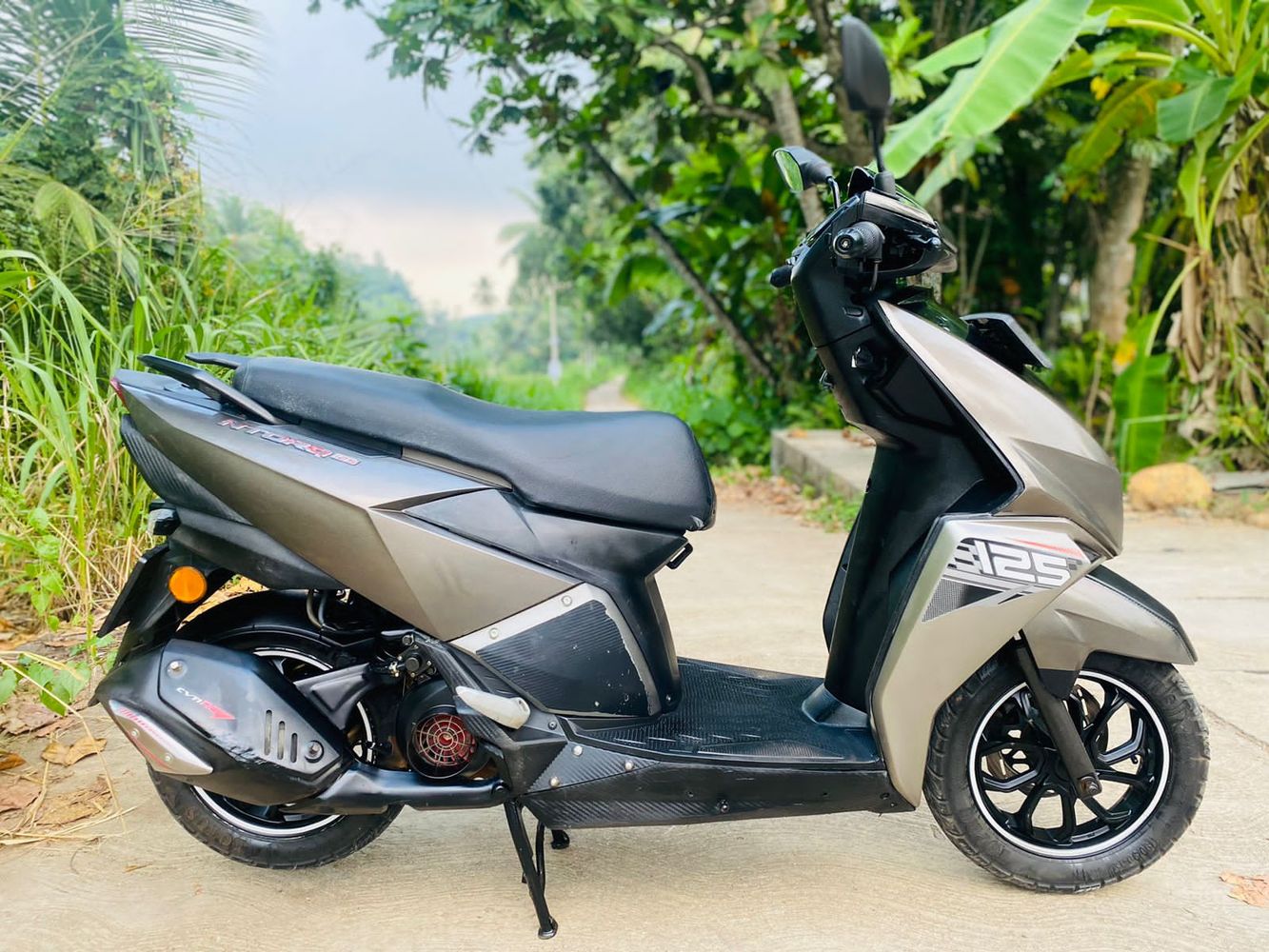
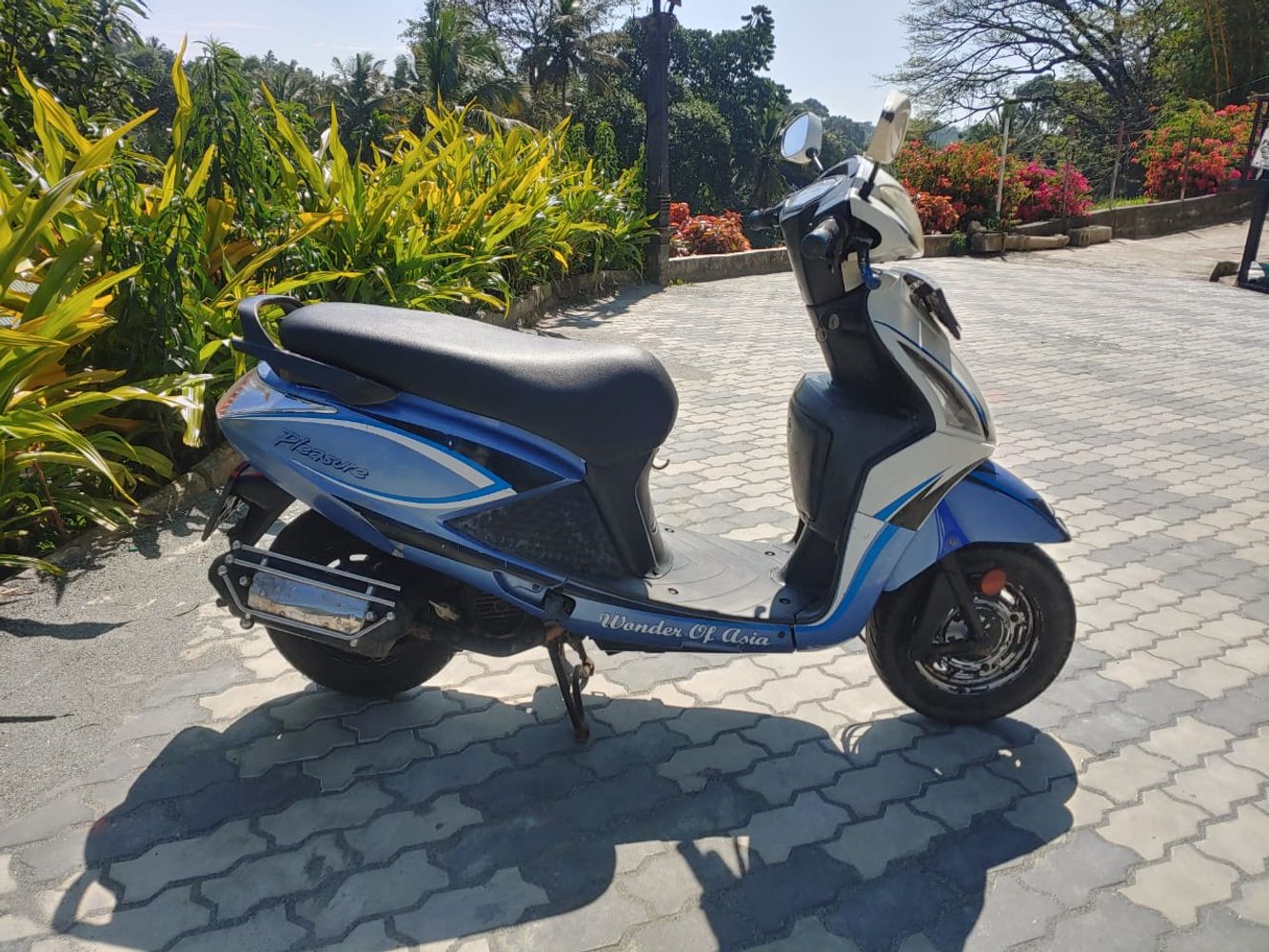
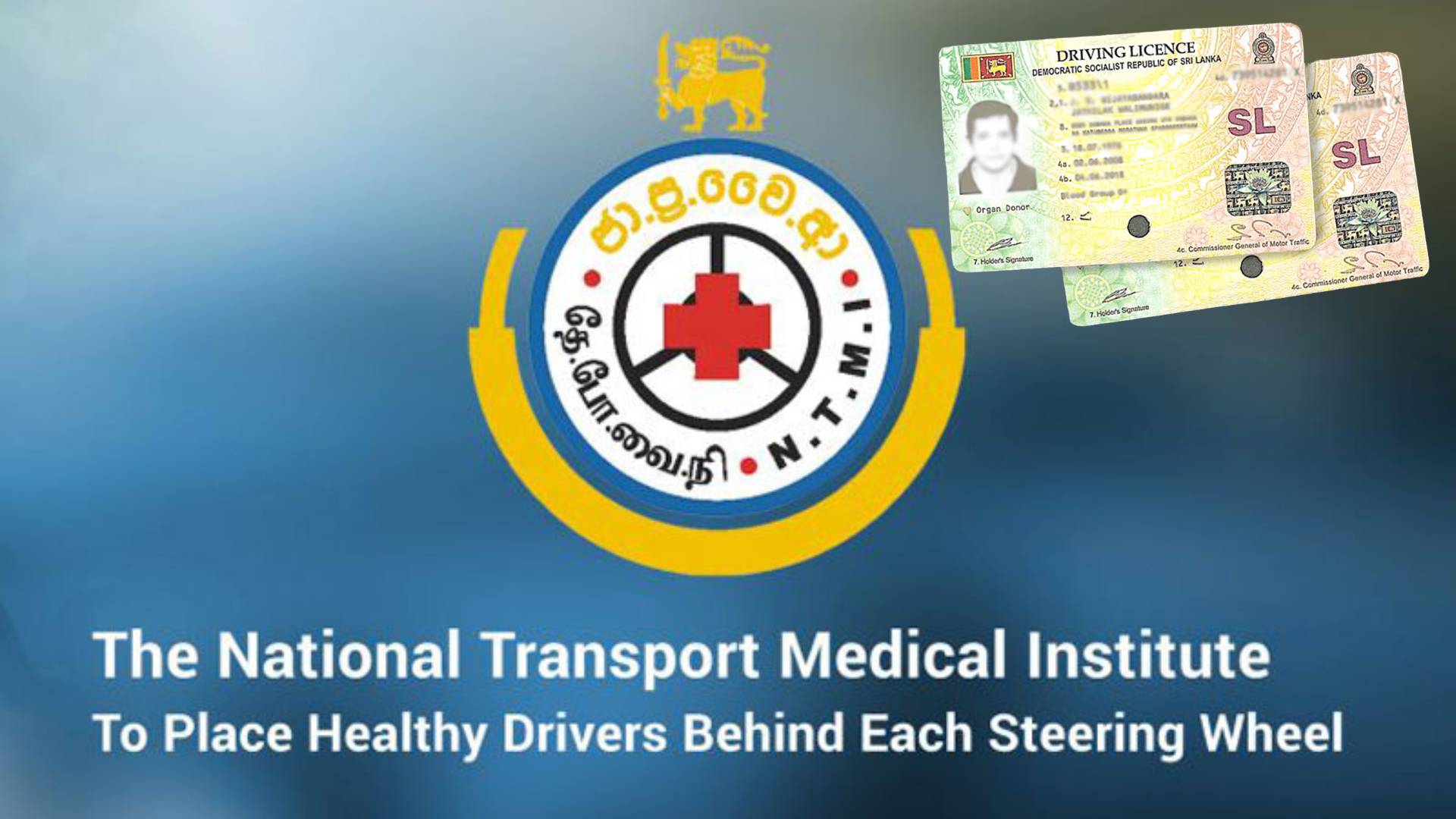
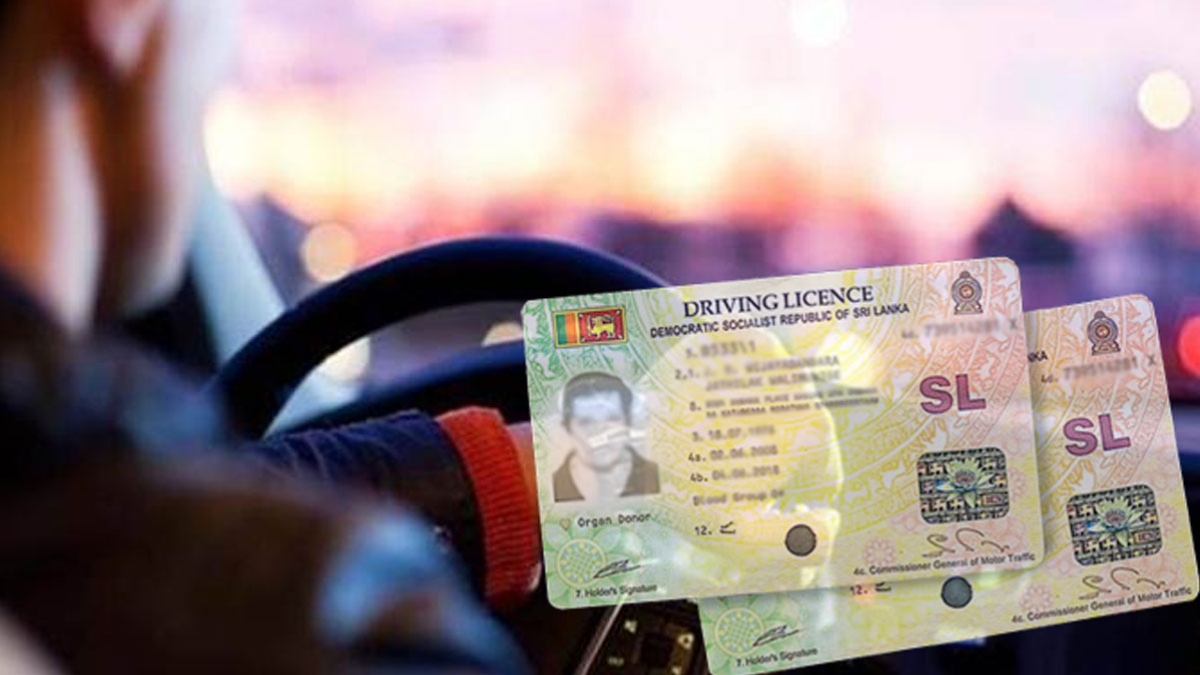

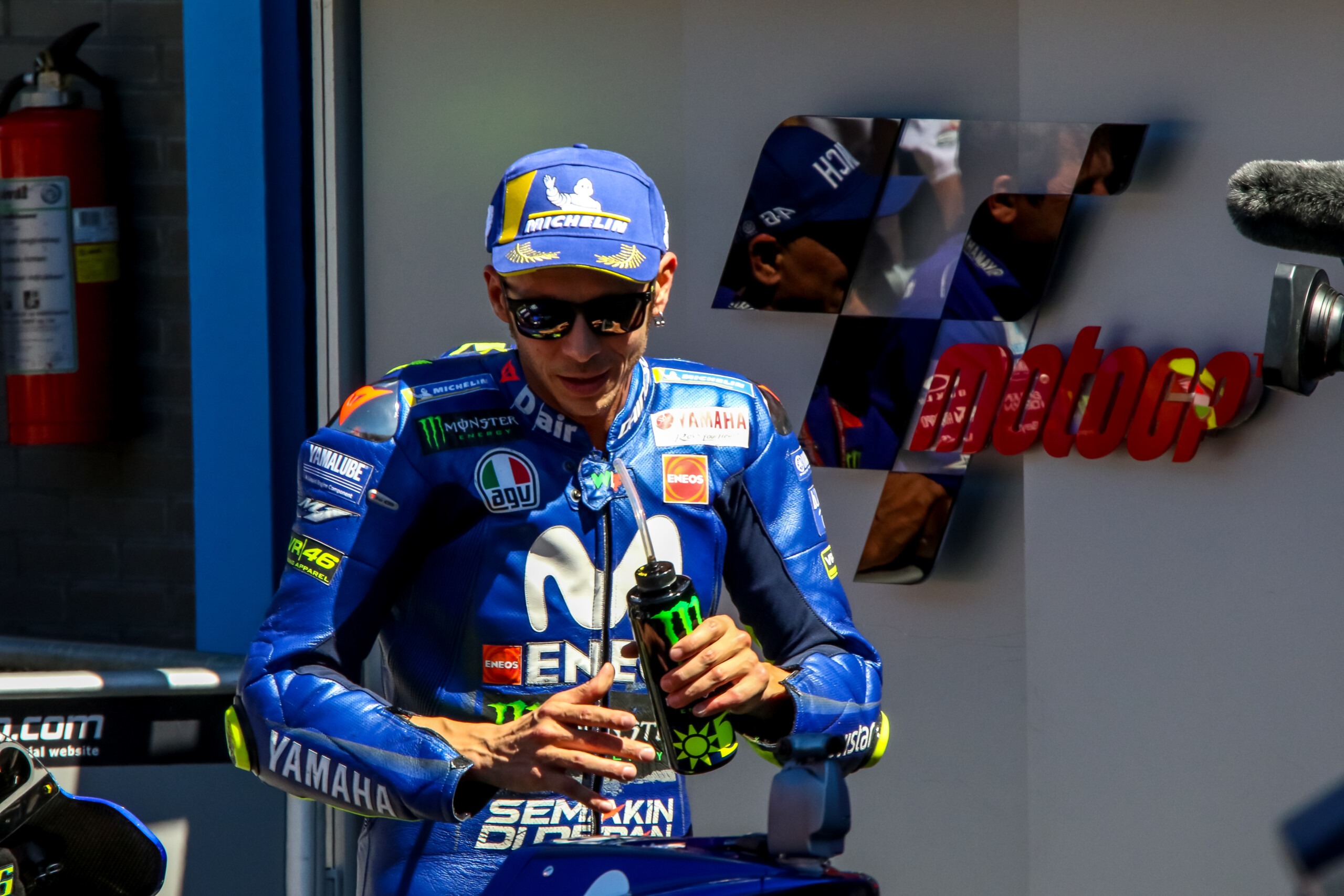
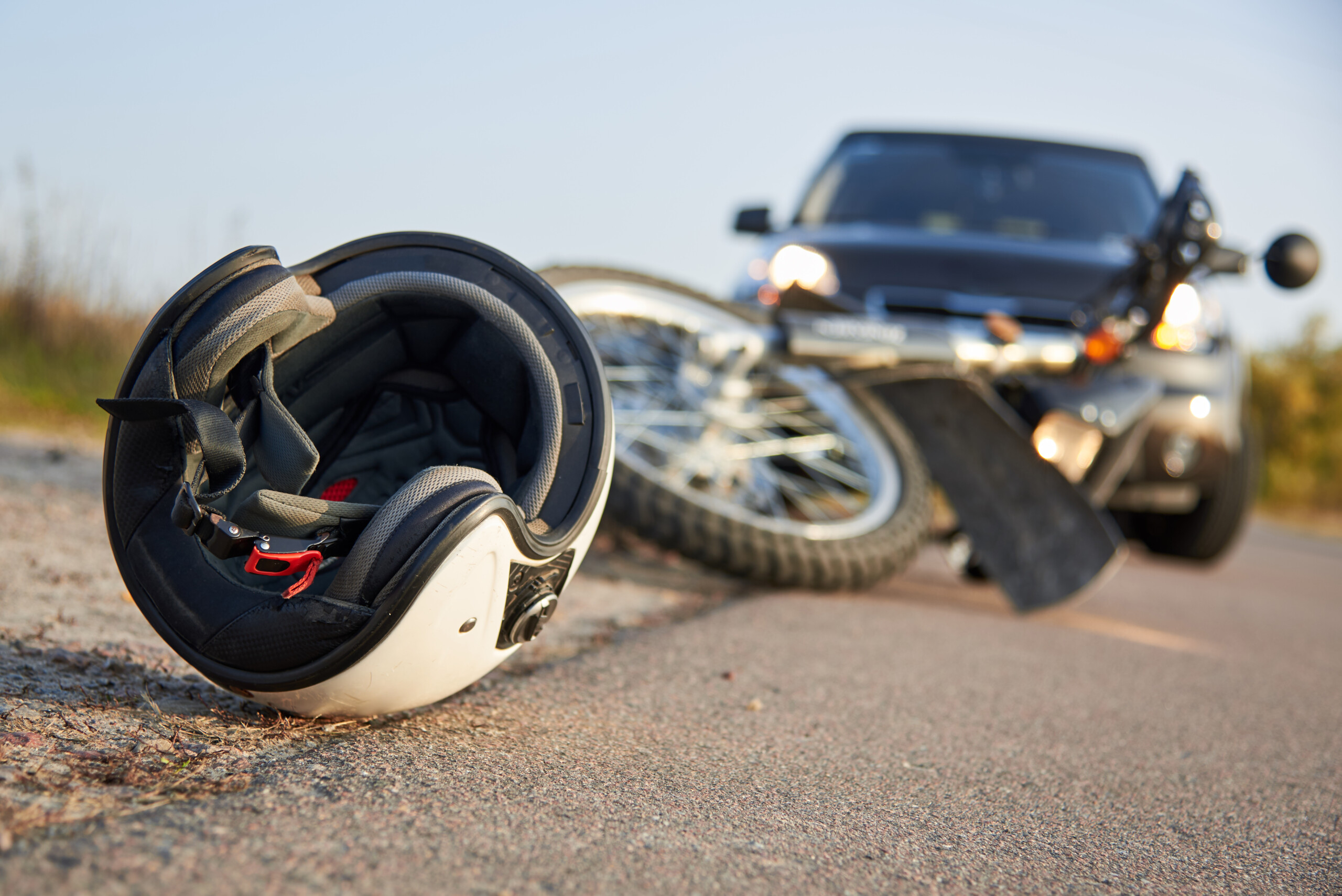
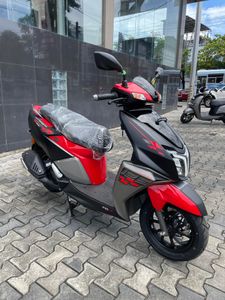
 MEMBER
MEMBER 


